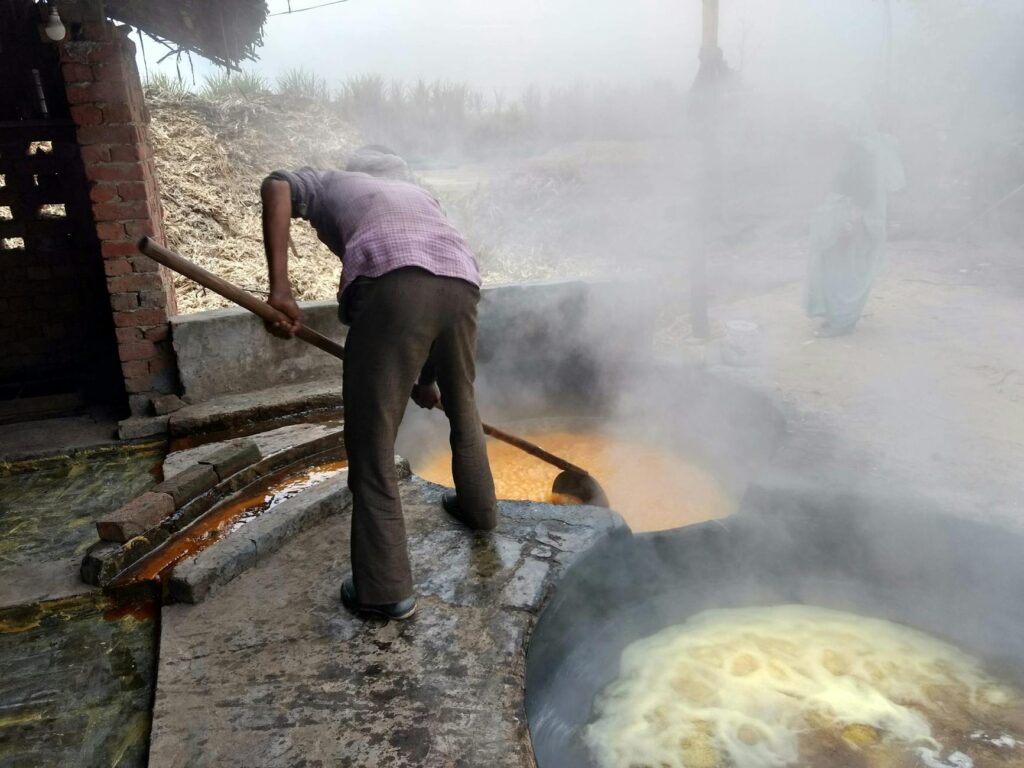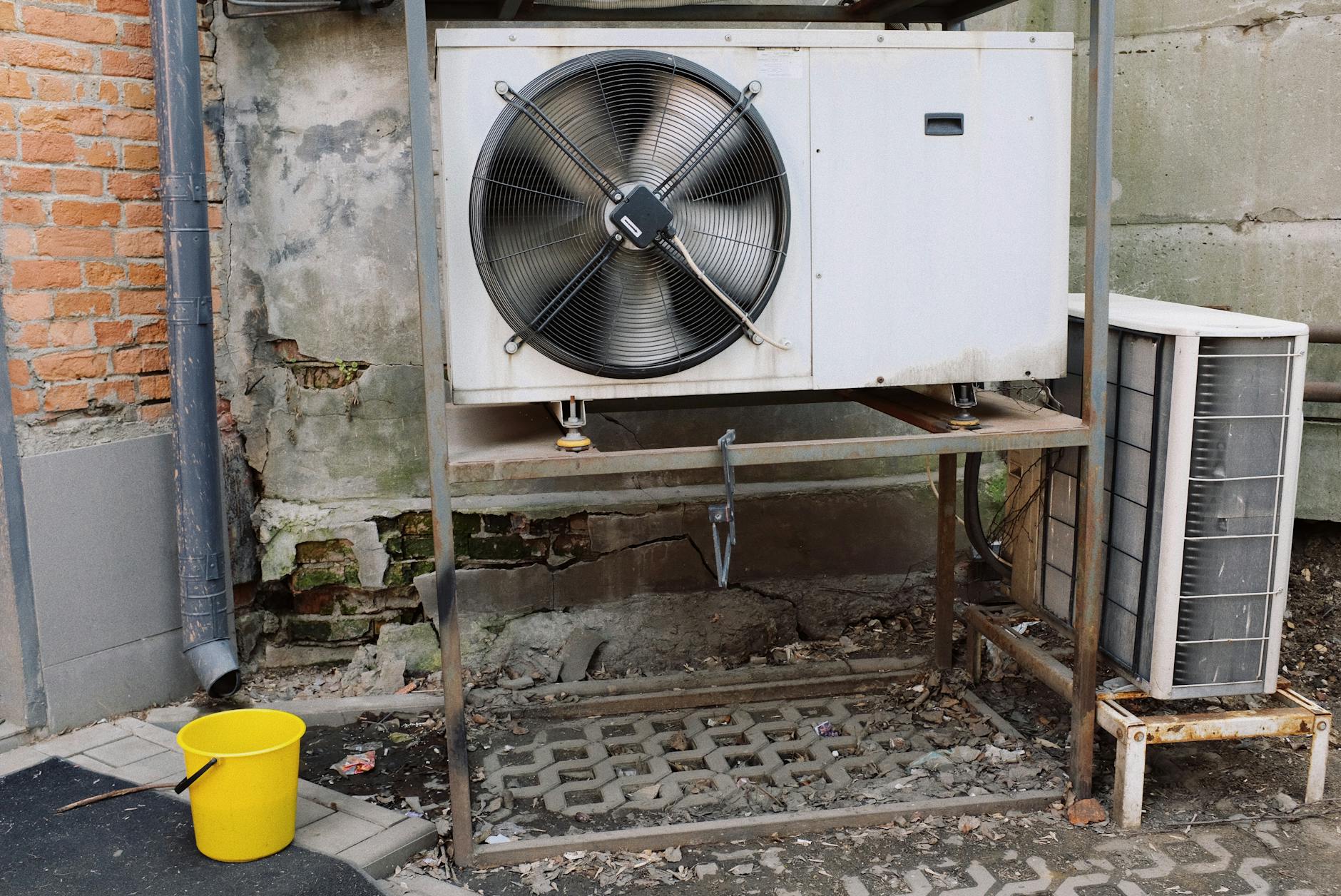The air conditioning unit in your home is a marvel of modern engineering, silently working to keep you cool and comfortable, even during the hottest days of the year. But have you ever wondered what actually happens to all that hot air? It doesn’t just magically disappear; it’s skillfully moved outside. This blog post will take you on a fascinating journey to explore the process of how your AC moves hot air outside.
Understanding the Basics of AC
Before diving into the mechanics, let’s establish the fundamental principle: air conditioners work by transferring heat from the inside of your home to the outside. This heat transfer is achieved through a refrigeration cycle, which involves a refrigerant that absorbs heat inside and releases it outside. Learn more about refrigeration cycles. 
The Role of the Evaporator Coil
The journey begins inside your home with the evaporator coil. This coil is filled with a low-pressure refrigerant, which is exceptionally cold. As warm air from your home is blown across the evaporator coil, the heat in the air is absorbed by the refrigerant, causing the air to cool. This now cool air is then circulated back into your home. 
The Refrigerant’s Transformation
The refrigerant, now warmed by absorbing heat from your home’s air, moves to the compressor. The compressor is the heart of the AC unit, compressing the refrigerant and significantly increasing its pressure and temperature. This process is crucial for the next step in moving the heat outside. Read more about AC compressors.
The Condenser Coil: Releasing the Heat
The high-pressure, high-temperature refrigerant then flows to the condenser coil, located outside your home. Here, the heat absorbed from your home’s interior is released into the outside air. The refrigerant cools down and changes back into a liquid state.  Fans help dissipate this heat effectively, and you can even see the warm air blowing from your unit’s outdoor component. This explains why it’s important to have enough clearance around your outdoor unit. Learn more about condenser coils.
Fans help dissipate this heat effectively, and you can even see the warm air blowing from your unit’s outdoor component. This explains why it’s important to have enough clearance around your outdoor unit. Learn more about condenser coils.
The Expansion Valve: The Pressure Drop
After the condenser coil, the refrigerant moves through an expansion valve, which drastically reduces its pressure. This pressure drop causes the refrigerant to become very cold again, preparing it to repeat the cycle. This is a critical step in maintaining the efficiency of your AC system.
The Circulation Continues
The now cold, low-pressure refrigerant flows back to the evaporator coil, completing the refrigeration cycle. This continuous process of heat absorption, compression, heat release, and expansion efficiently removes heat from your home and expels it outside. Check out this infographic on AC cycles.
The Importance of Proper Maintenance
Regular maintenance of your AC unit is crucial to ensure its efficiency and longevity. A well-maintained unit can move hot air more effectively, keeping your home cool and saving you money on your energy bills. Cleaning the condenser coil and ensuring proper airflow are essential aspects of this maintenance. [IMAGE_4_HERE] Learn how to maintain your AC unit.
Understanding Your AC System
By understanding the journey of heat through your AC system, you can appreciate the complex process involved in keeping your home cool. From the evaporator coil to the condenser coil, each component plays a vital role in this efficient heat transfer. Learn about common AC problems.
Frequently Asked Questions
What type of refrigerant is used in most AC units? Modern AC units commonly use refrigerants like R-410A or R-32, which are designed to be more environmentally friendly than older refrigerants.
How often should I clean my AC unit? Cleaning your outdoor unit’s condenser coil at least once a year, preferably in spring, is recommended for optimal performance.
Why is my AC unit blowing warm air? If your AC is blowing warm air, it could indicate several issues, such as a refrigerant leak, a malfunctioning compressor, or a clogged condenser coil. Contact a qualified HVAC technician for repairs.
How can I improve my AC’s efficiency? Regular maintenance, sealing leaks, and using window coverings to reduce solar heat gain can all significantly improve your AC’s efficiency.
What are the best ways to maintain optimal cooling? Regular filter changes, routine servicing, and ensuring sufficient airflow around your outdoor unit are all excellent practices to keep your AC working optimally and moving hot air efficiently.





